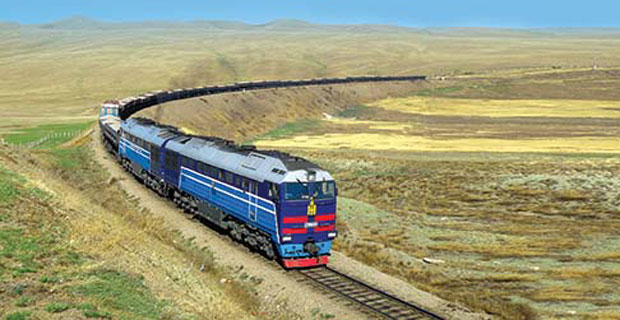New Railway Project
The development of railway infrastructure remains one of the most pressing issues in the Mongolian economy. Lack of railway access and capacity is the major challenge for the development of the Mongolian economy as a whole and the mining sector in particular. The existing railway networks comprise only a few branch lines which are insufficient to transport Mongolia’s growing mining output to its commodity markets: there are about 1,905 km of railway base structure in Mongolia of which approximately 1,807 km are owned and operated by Ulaanbaatar Railway Joint Stock Company (UBTZ), an entity jointly owned by Mongolian and Russian Governments on a 50:50 sharing basis.
In order to maximize revenue generation from its mineral resources, Mongolia requires a significant expansion of its railway network, an extension of its railway capacity and an increase in border crossings with Russia and China. The aim of the Government of Mongolia (GOM) is to link to eastern railways directly to the sea ports in China and in Russia to increase access to international markets. In order to achieve its aim, the GOM is extending the railway system to major mining areas as well as opening trade corridors and export routes to neighboring Russia and China.
Current Railway Status in Mongolia
- As of today, there are 1,905 km of railway base structure in Mongolia of which 1,807 km is owned and operated by Ulaanbaatar Tumur Zam (UBTZ), an entity jointly owned by Mongolian and Russian Governments on a 50:50 sharingbasis
- Operations in Mongolia railway transportation sector have been self-regulated by UBTZ since its establishment up until today, and UBTZ remains in a monopoly position owning almost all the railway infrastructure in Mongolia
The New Railway Project encompasses the development, financing, construction, and operation of approximately 1,800 km of railway infrastructure connecting key strategic mining deposits in the southern region of Mongolia with value-added downstream processing plants at Sainshand, and further connecting to several export routes leading to target seaborne markets.











Comments.